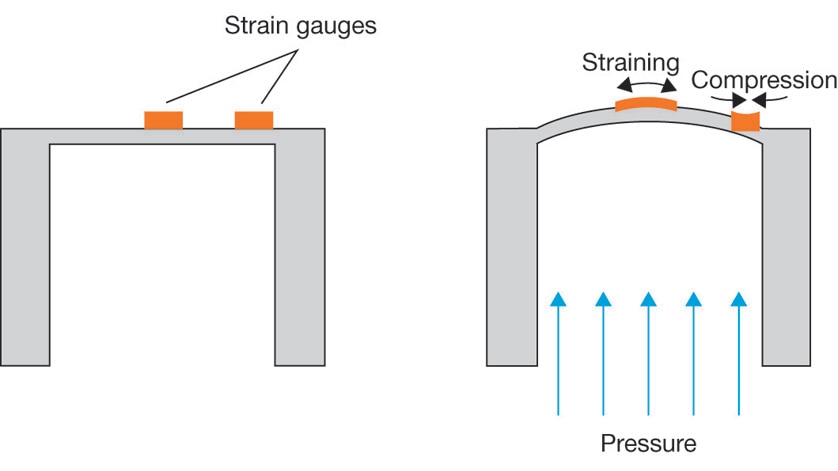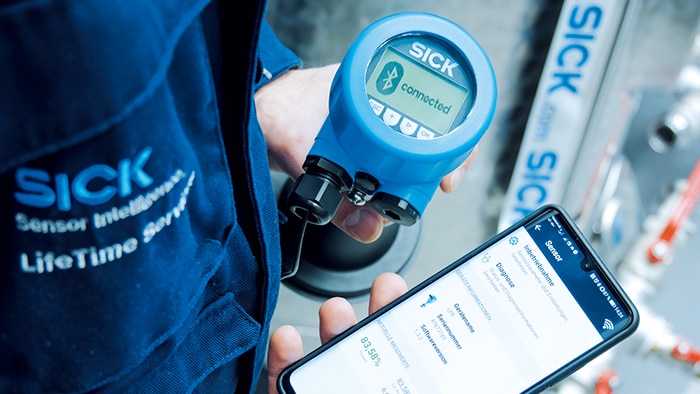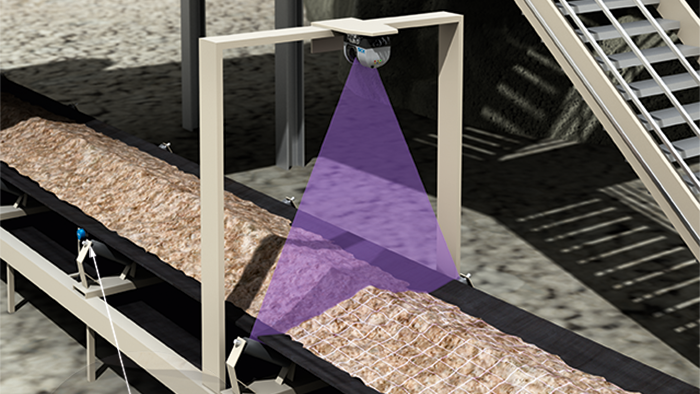Pressure measurement for liquids and gas
In many areas of plants and mechanical engineering, machine tool construction, process engineering, manufacturing industry and in the productions and refinement of food and beverages the measuring of the pressure is crucial.
The measuring method determines the sensor: A distinction is made between absolute pressure sensors, differential pressure sensors and relative pressure sensors. Absolute pressure sensors use a vacuum with a pressure of almost 0 bar as a reference and relative pressure sensors use atmospheric air pressure as a reference, while differential pressure sensors measure the pressure difference between two measuring chambers. Depending on the measuring range, a piezoresistive silicon sensing element or a metal thin-film sensing element is used for the measurement.
The metal thin-film measuring cells are used for measuring ranges of 0 ... 10 bar and higher. These cells consist of a stainless steel diaphragm on which strain gauges are applied. Strain gauges are measuring elements which change their electrical resistance even at slight deformations. The measured change is then converted into a standard output signal such as 4 ... 20 mA or 0 ... 10 V.
The piezoresistive measuring cell is used for sensors with measuring ranges from 0 ... 0.4 bar to 0 ... 6 bar. The operating principle of the piezoresistive silicon measuring cell is similar to the strain gauges. However, the measurement is not based on the change in resistance. When deforming, the silicon chip changes the crystal lattice structure and thus the mobility of the electrons. The silicon chip together with the header is located in a capsule, which is closed with a diaphragm. Inside the capsule is oil, which transfers the pressure from the diaphragm to the chip.








